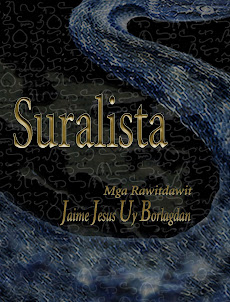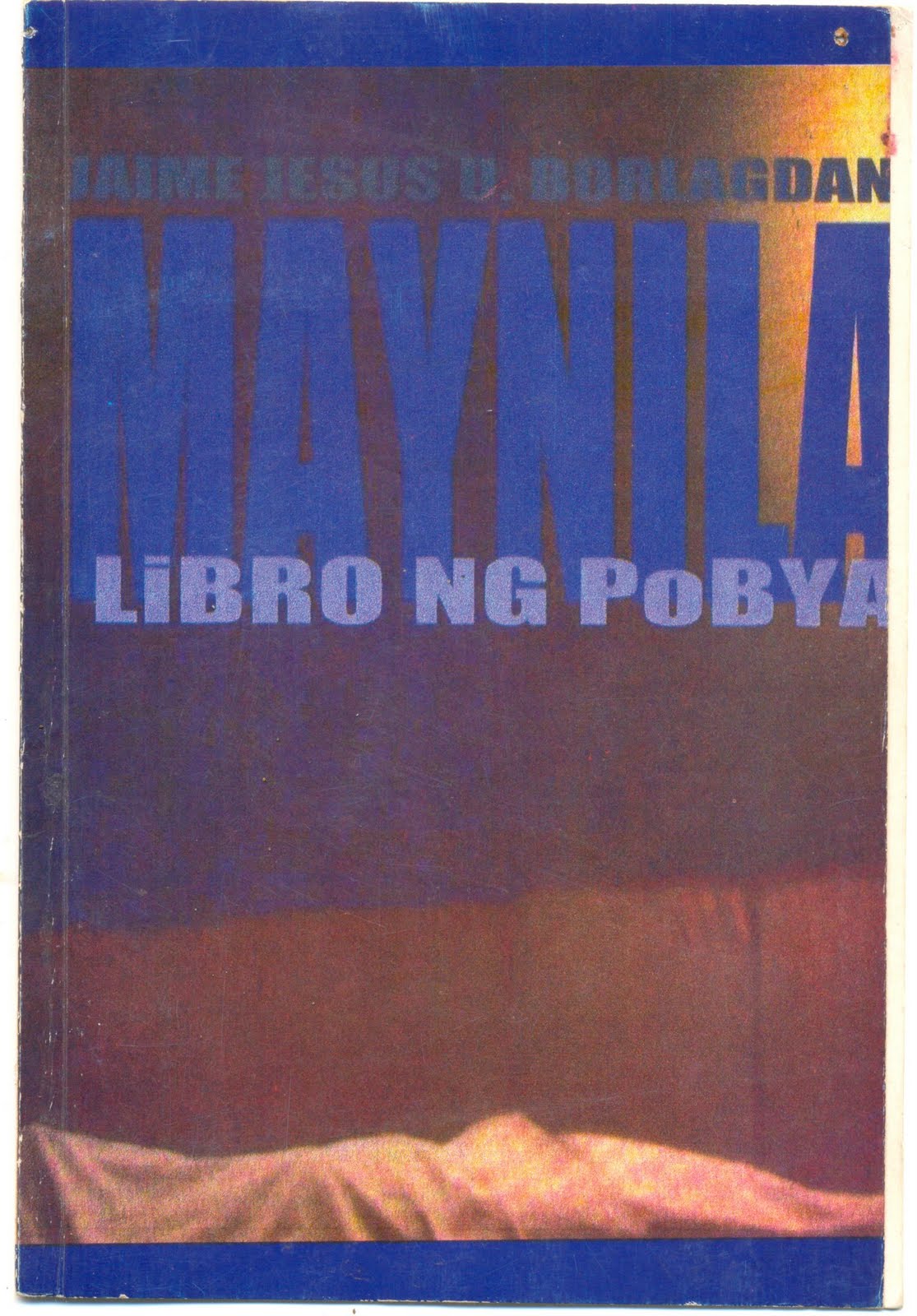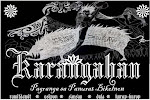Pag may sentro, dakulaon an posibilidad ki pagpalaen, opresyon, pag-imposar. Mas maray nang baranga—an pirit pigsasararo—kaysa magpalaom sa tinubog na kulungan kan sagin yunipikasyon.
Iagi ta sa osipon:
Igwa daang burabod sa tahaw kan kadlagan na nahaharungan kan mga rimuranon na talapang. Mala nasa rona ninda an solamenteng burabod ki tubig kun sain an ibang mga hayop nag-iinom, sinda an nasusunod sa bilog na kadlagan. Sa totoo, dai man baga ki may sadiri kaini, ugaring sindari ini kaining mga naghahade-hade. Ngonian, mala mga tagsadiri kan sarong importantehon na produkto, may poder sindang magmando, sa patakot na huhudungon ninda an burabod gamit an saindang rimuranon na dila.
Kaya su mga hayop, dawa su mga darakula, leyon, upon, musang, dai nakaka-aser sa mga kuluguhon. Iyo na ito su pagluwas kan mga sugo na an dapat sana daang kaonon sa kadlagan su arog kan pigkakaon ninda, namok, layug-layug buda langaw; an dapat sanang paghururon sa kadlagan sa tataramon na Kokak.
Bako man ngani pagmakasadiri daa an mawot kan mga katalapangan, kundi an pagsararuon an kakadlaganan na nagtatalibong an buhay sa burabod ninda. Kaya sa bagong sistema, su agila nagkaon ki diwit, mantang su halas nag-kakanta ki Kokak. Magayunon sa pagdangog kan mga kabakab, pero dai ito naghaloy. Nagniwang su orig kan anas sana insekto, buda nabilot su salampati kan anas sana Kokak. Pero dai sindang naginibo kundi an umutob ta mas dai ninda matios an saindang paha.
Sarong aldaw, sarong ayam an napaagi sa burabod. Garo dayo ini duman ta dai ngani kaini hinade su talapang na nakabantay sa magapo—ta sainda baga, an talapang kapantay man kan iba. Sinita ini kan talapang na dai lamang daa ini nagpatabi saiya. Nagpatabi su ayam buda naghagad ki dispensa. Dai nauyunan kan talapang ta Batok an ginamit niyang pakihuron, muya kan talapang su opisyal na Kokak an gamiton. Nangalas su ayam ta sainda dai man ki arog kaining kabuahan. Kan tinaram niya ito sa talapang, sabi kaini, iba daa digdi, digdi daa, sararo an gabos na hayop, buda mala iyan saindang mga talapang buda sa Kokak, kaya dapat sumunod man daa siya kun muya niyang maka-inom. Nagsayuma su ayam; pinawara siya kan talapang.
Daing naginibo su ayam kundi maghanap na sanang lukohan sa sarong limpoy buda ikaturog na sana an paha. Pero sa ngana niyang kamawotan na makainom ki tubig, nagpara kamaskamas siyang garo na mauutsan. Sa ngana niya garong paha, su kamas-kamas niya naging bulot, dangan, kalot, dangan bubon.
Kan nakaabot ito sa ibang hayop, saro-saro sinda naghingowa. Su manok, turuwang-tuwang sa pagkayas; su kino ginamit su saindang ngimot; sinuag-suag kan damulag su saiyang natindugan. Dawa sain nagkaigwang bubon, dawa sain nagkaigwang tubig.
Sa pagtalingkas kan gabos sa tahaw na burabod nag-awit an mga bayong sa sadiri nindang huni, nagwawaratihan an mga ukay sa sainda man paagi, nagsabsab giraray ki awot an baka, buda apwera kan mga talapang na naibalik sa dati kun sisay talaga sinda, nag-ogma an kadlagan, nag-ogma an gabos buda nag-ogma pa.
Agosto 3, 2010. Karangahan Blvd., Bombon, Tabaco City.
PAG MAY SENTRO...
Posted by
Jai Jesus Uy Borlagdan
Monday, August 01, 2011








0 comments:
Post a Comment